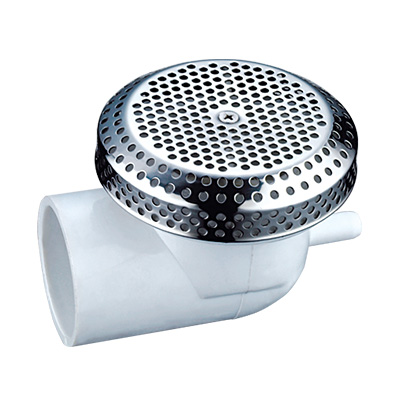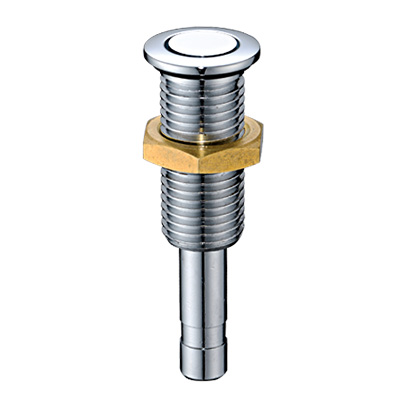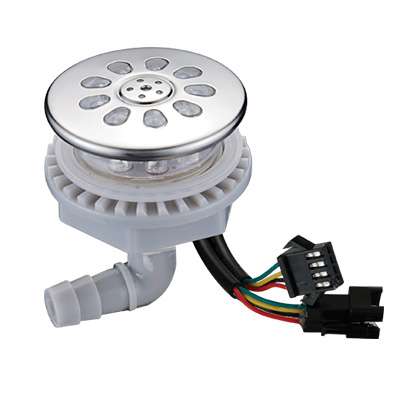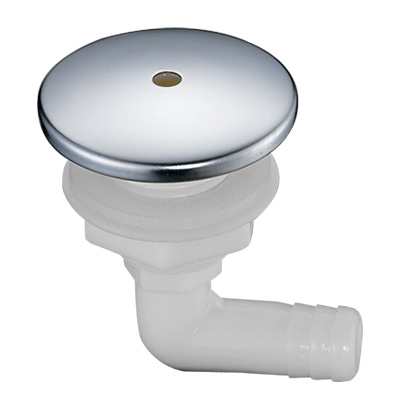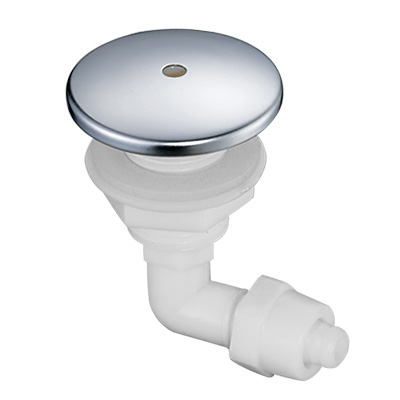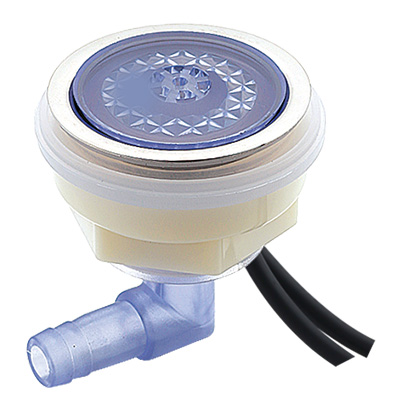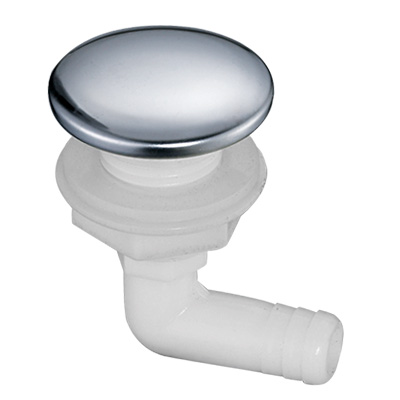Jetway A09-FB5 Hydro Massage Whirlpool Nozzle Bathtub Hottub Spa System Hot Tub Air Jet
Quick Details
● Product Name: Jetway Bathtub Air Jet
● Model Number: A09-FB5
● Surface Material: Stainless steel/Chrome brass
● Massage Type: Whirlpool massge jet,Combo Massage
● Face: Stainless steel/Chrome brass/PVC
● Function: Massage Spa for Live
● Usage: Bathroom,Washroom
Product Display
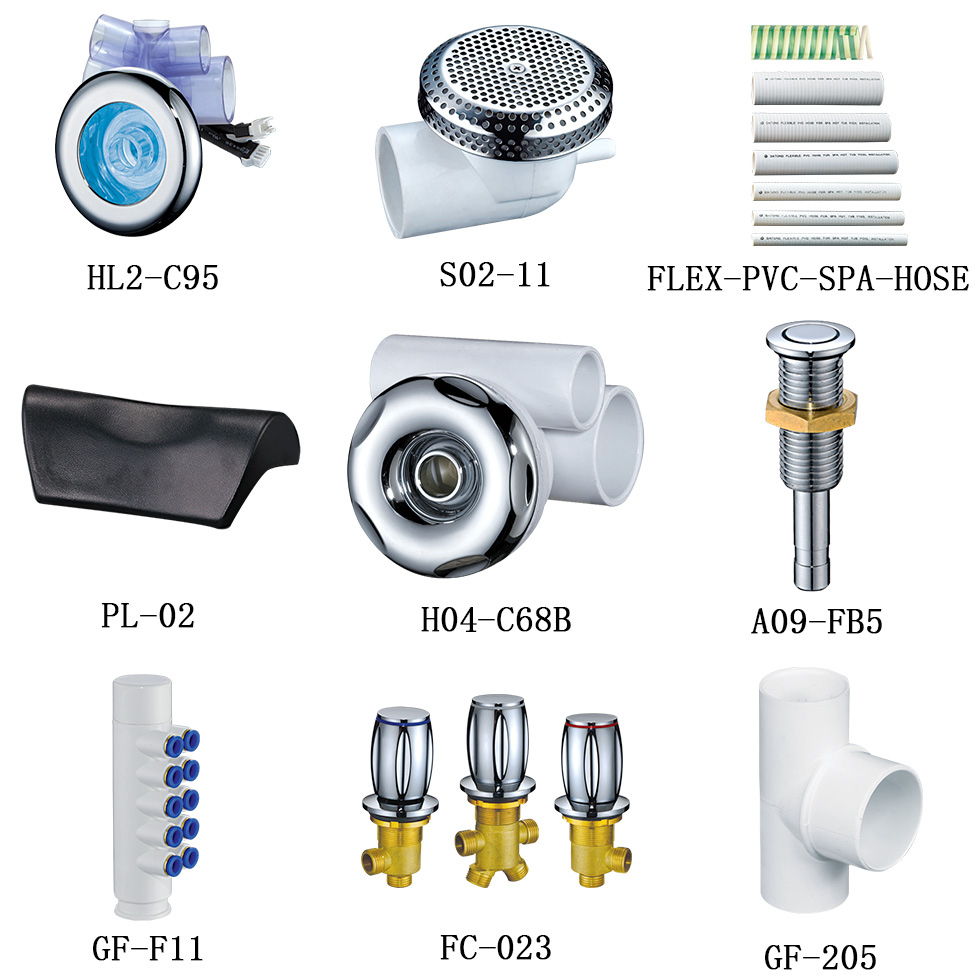
Applications
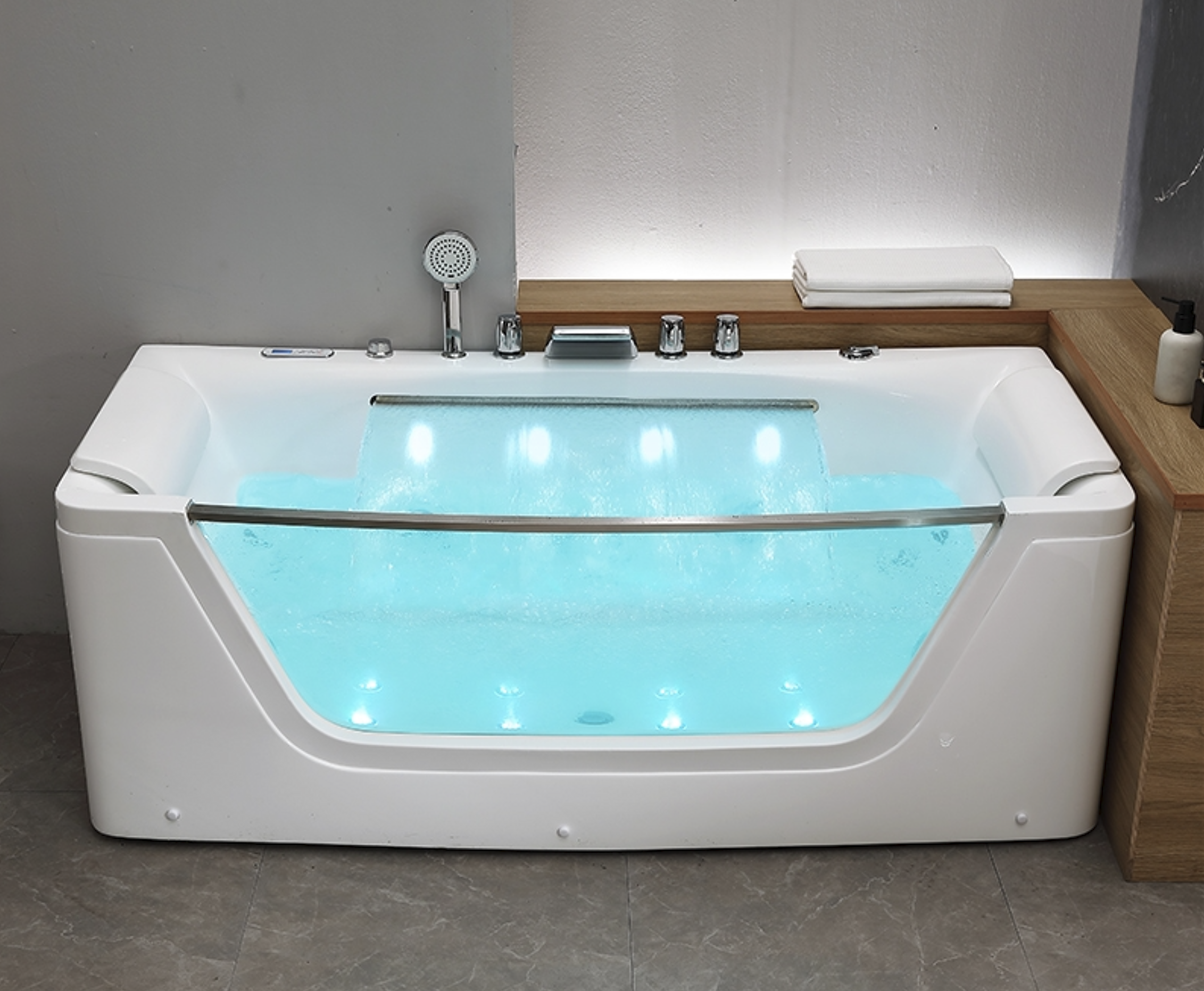
FAQ
1. Q:Are you a factory outlets or trading company?
A:We are a factory outlets.
2. Q:If small order is acceptable? Yes,trial order is welcome!
A:Yes,trial order is welcome!
3. Q:Could you offer us samples?
A:Yes, generally, free sample for 1~2pcs, and the freigt you need to bear.
4. Q:What’s your shipment terms?
A:Generally, if samples, by air or by express; If bigger order by sea.
5. Q:Could you put our logo on the packing?
A:Yes, it is easy to print your logo on the packing.
6. Q:What’s your package?
A:In standard export cartons, but could be designed as your request.
7. Q:What’s your main port of lading?
A:FoShan/GuangZhou/ShenZhen/ShangHai/NingBo.
Packaging and Shipping

Certificates
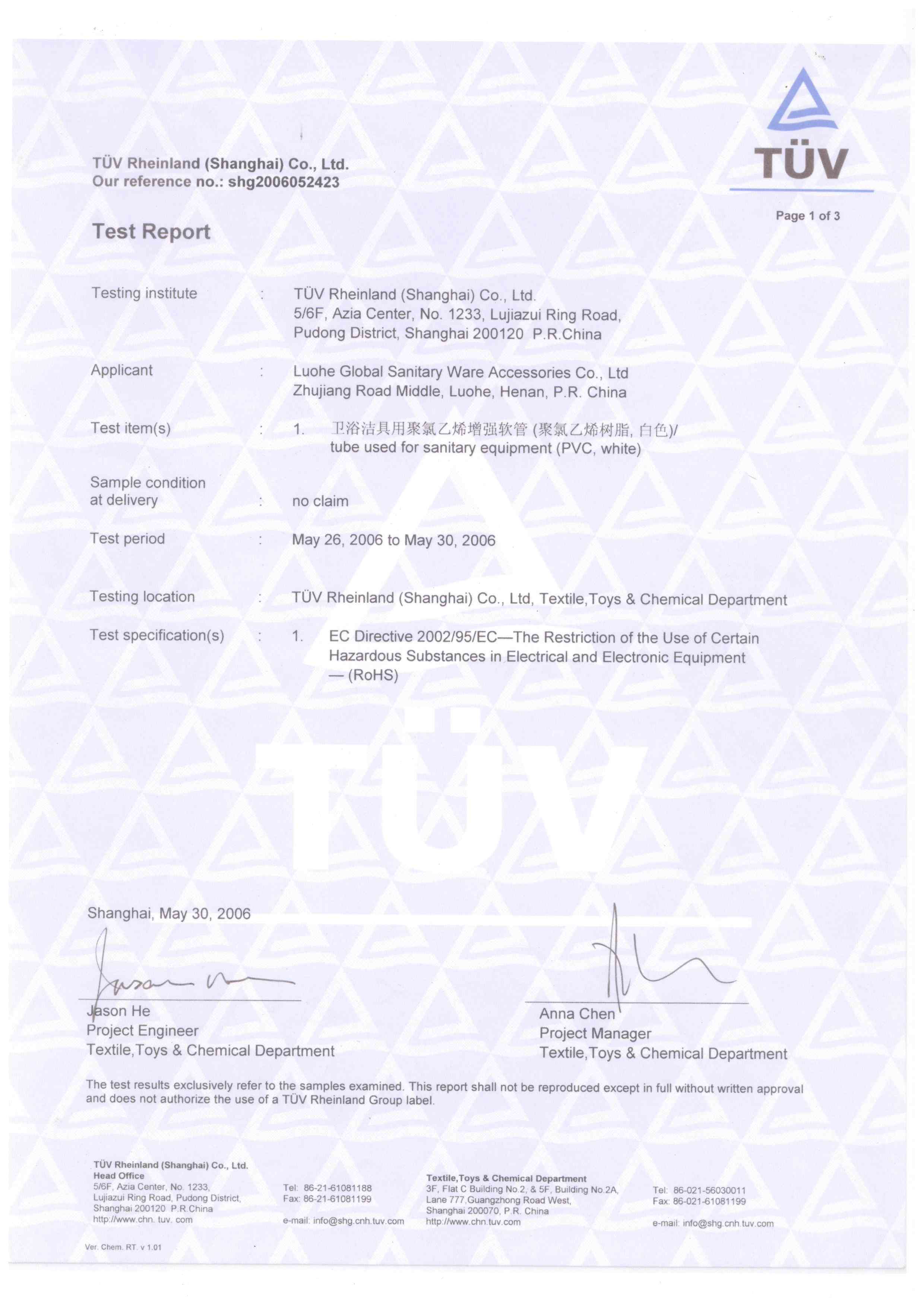
1.png)
3-213x300.png)
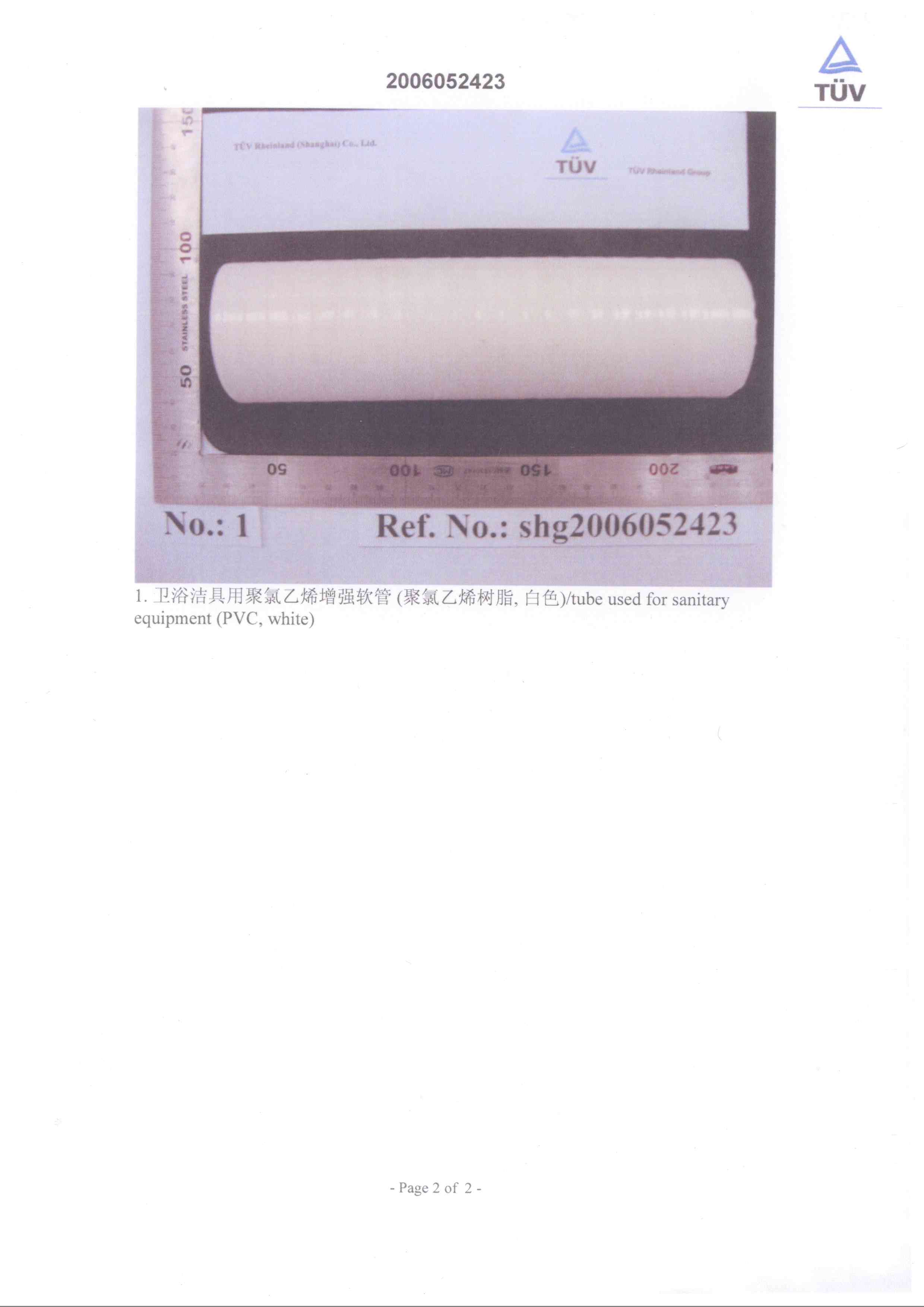
1.png)
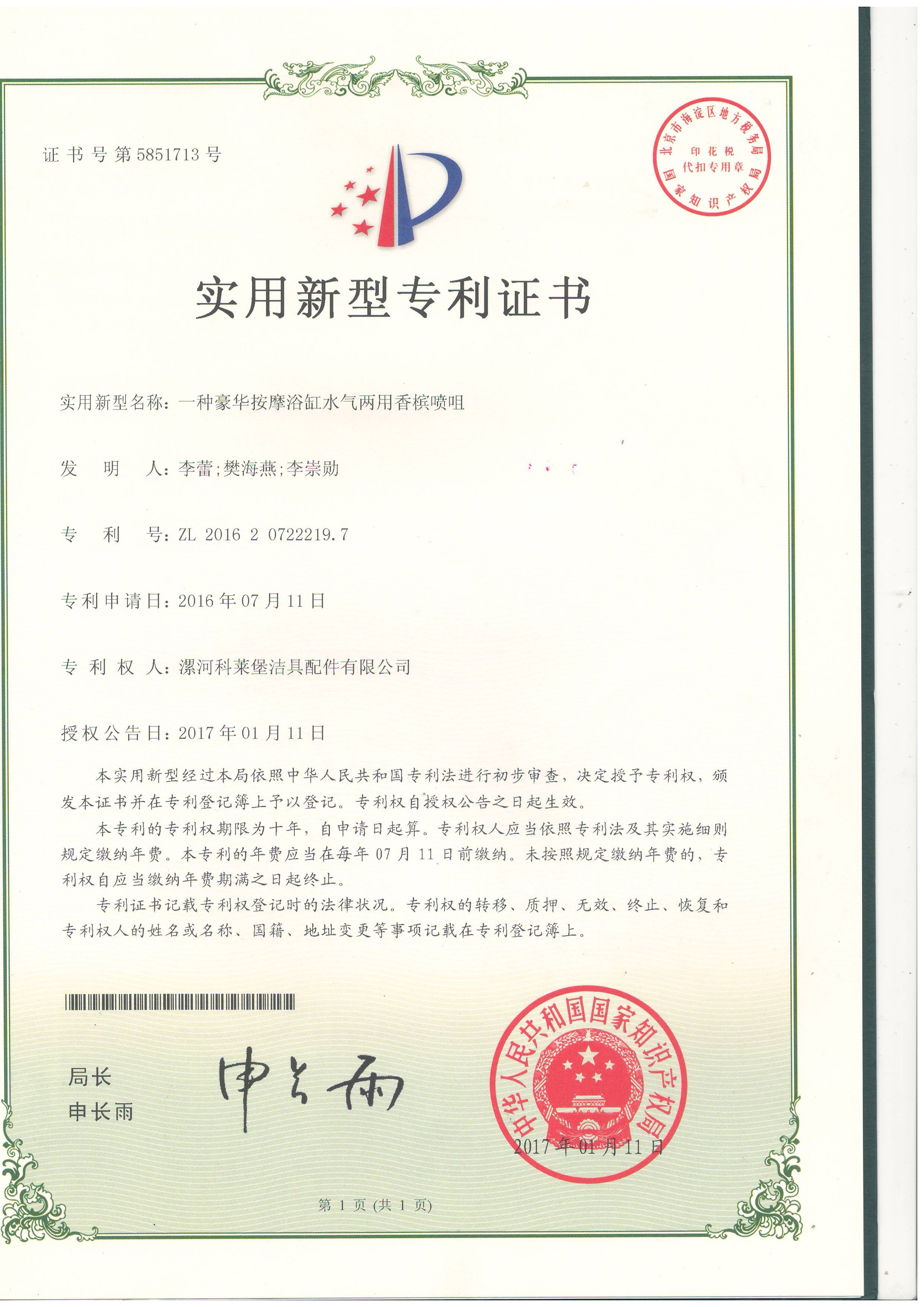
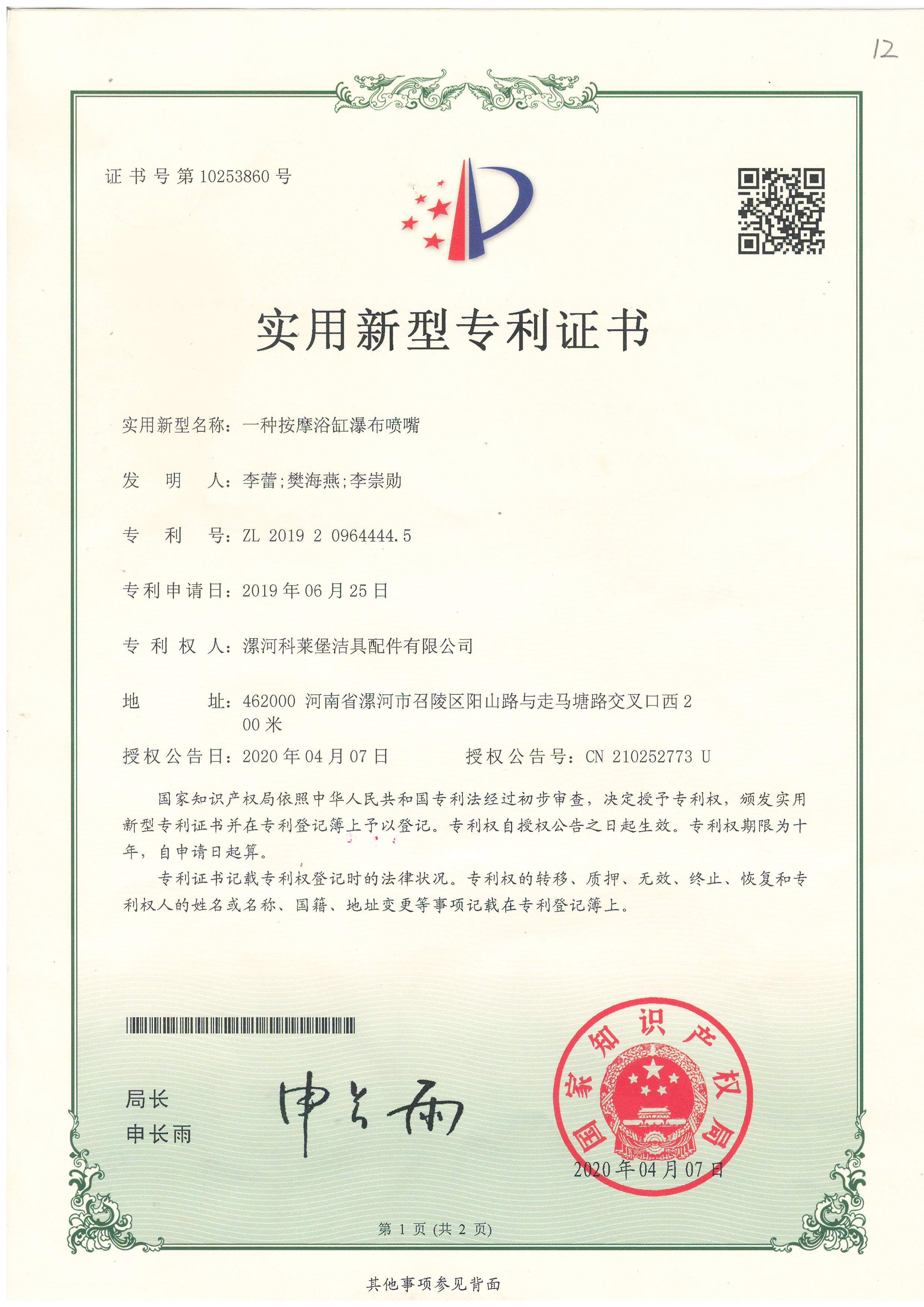
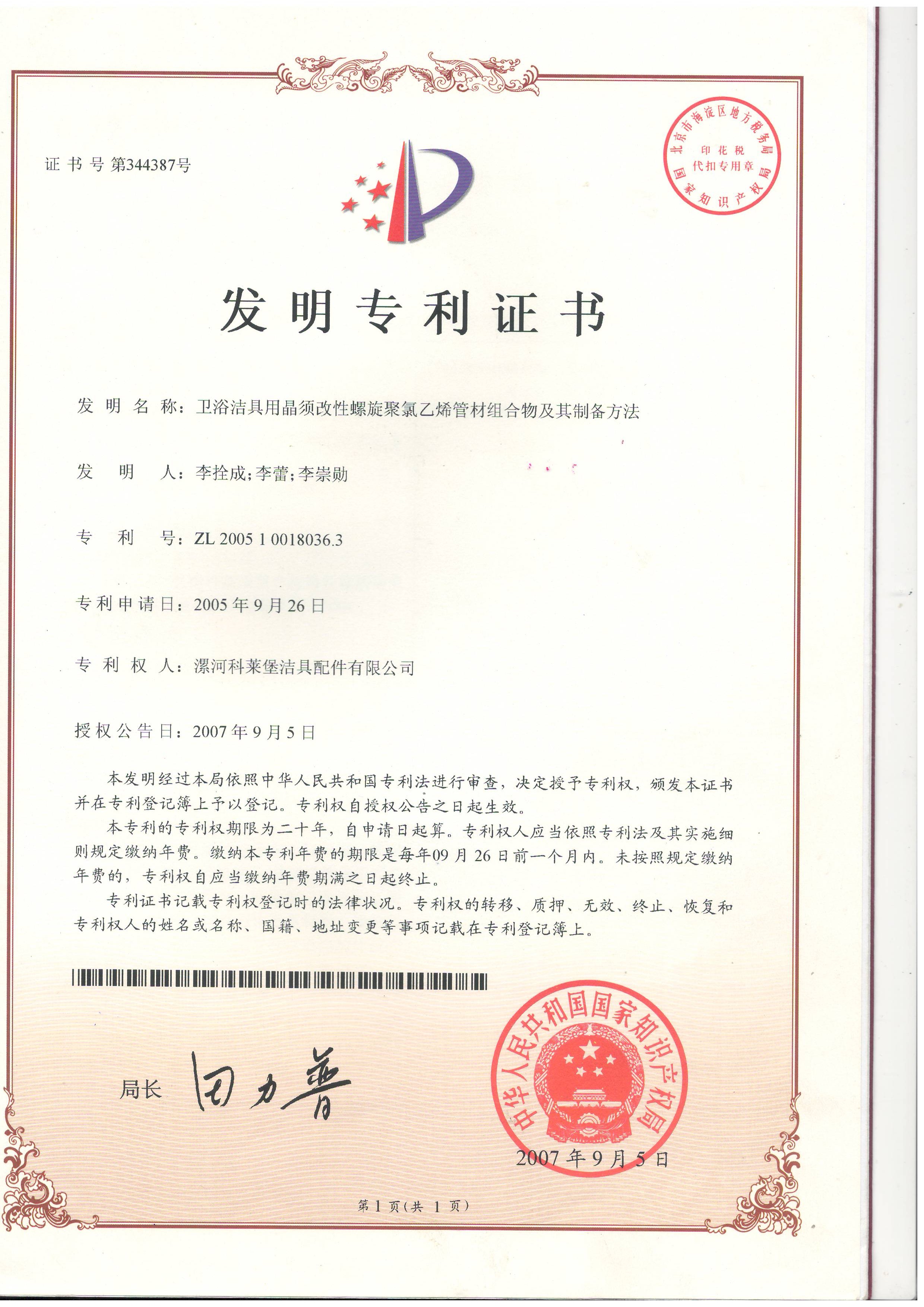

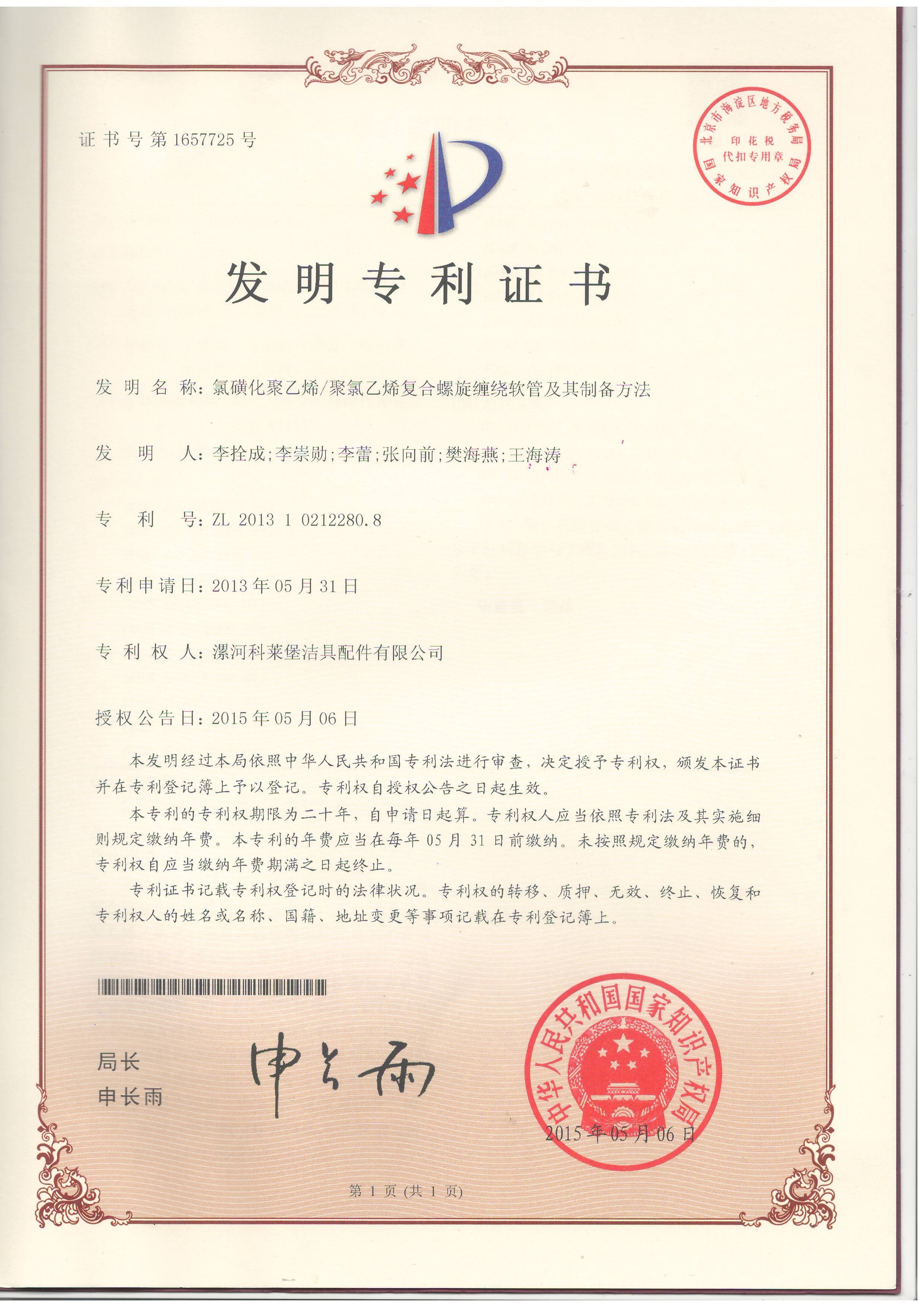
Customer Feedback
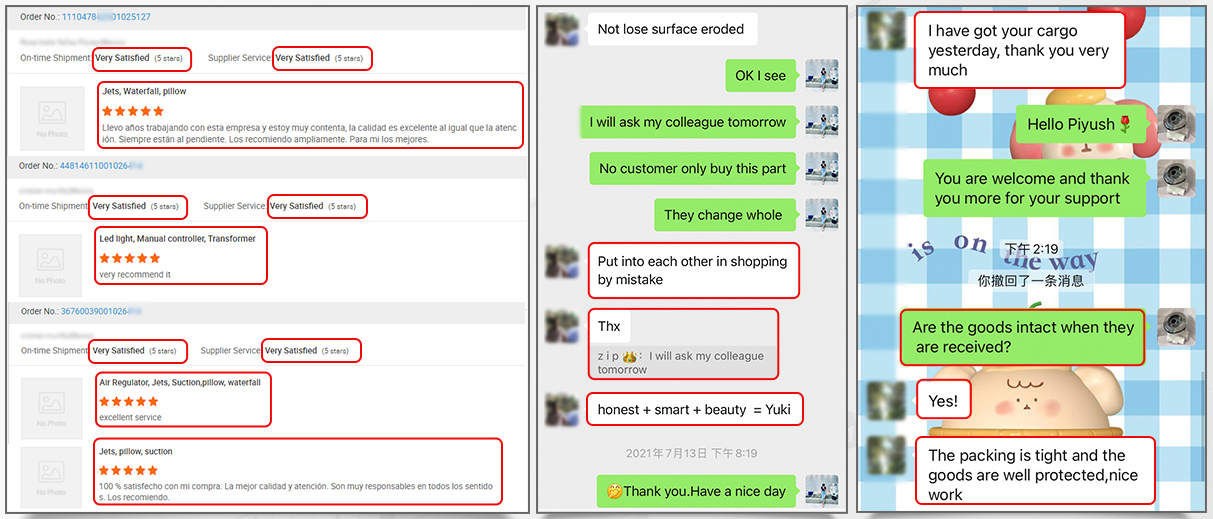
Photos of Exhibition Customers Collection
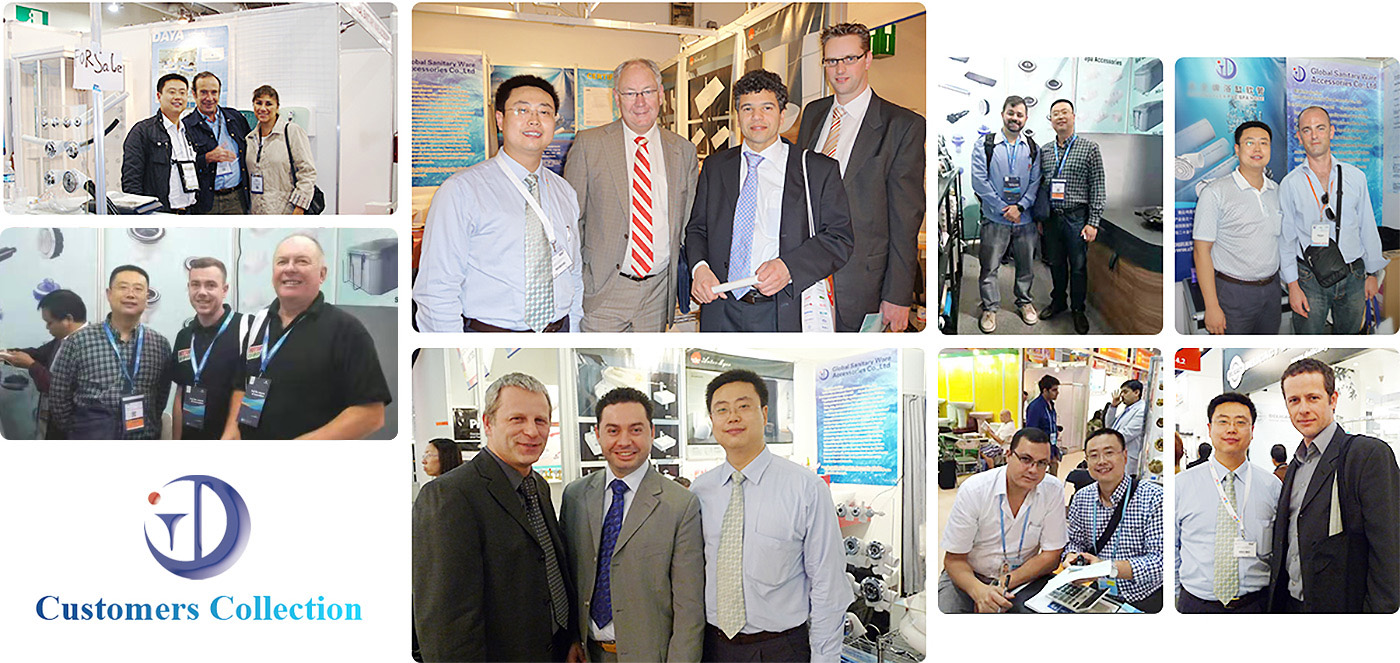
Welcome to Visit Our Factory
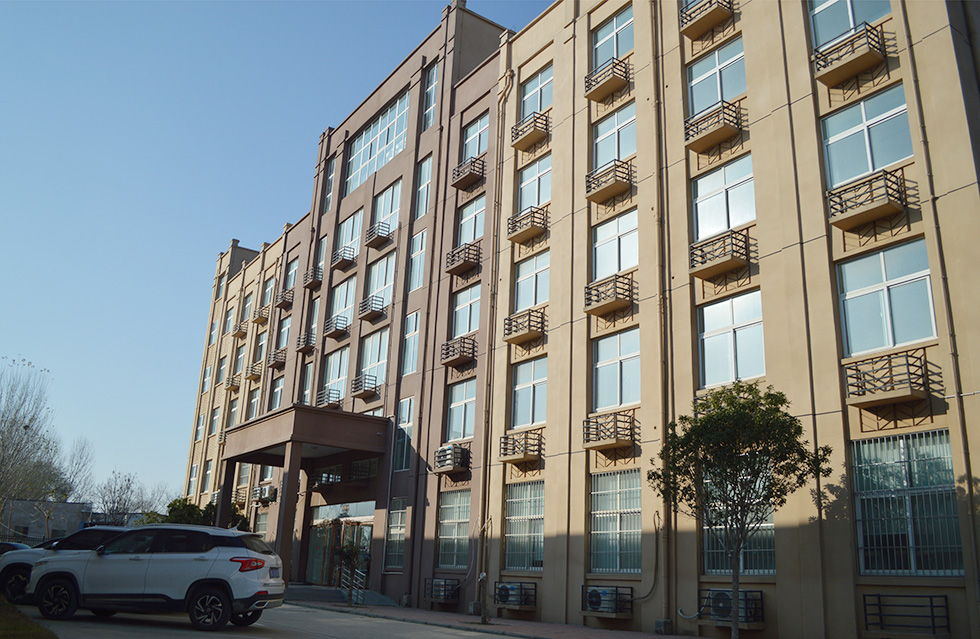
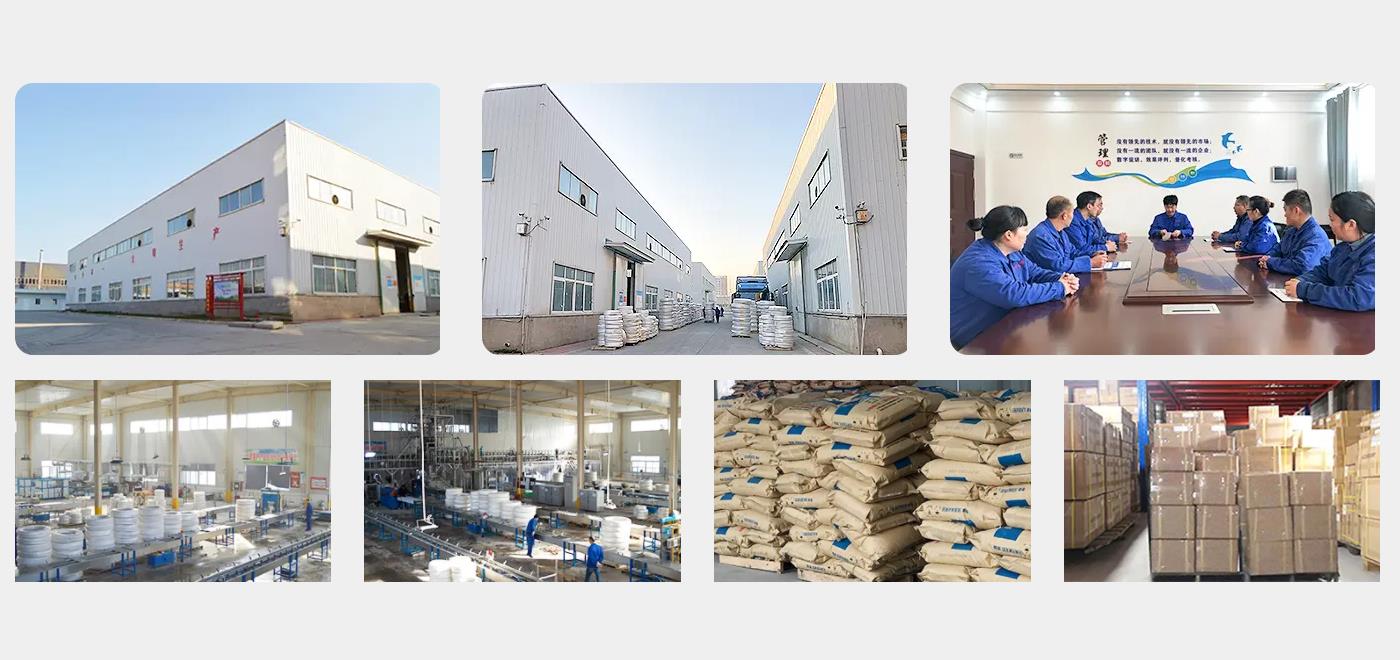
News
A Guide to Understanding your Air Jet nozzles
What is Air Jets Nozzle?
We offer a complete selection of air nozzles and Jets suited to a wide range of blowoff, cooling and drying applications. These air nozzles have been engineered to provide a strong blast of airflow while minimizing air consumption and noise levels. They are available in many configurations and materials to suit the requirements of your application.
Selecting the Right Air jet Nozzle.
EXAIR manufactures a wide selection of Air Nozzles and Jets, which are divided into two groups. The first group includes Air Nozzles and Jets that deliver force up to 22 ounces (624 grams), making them suitable for most blowoff, drying and cooling applications. The second group includes Air Nozzles that produce high force up to 23 pounds (10.43 kg) where additional reach and force are required.
Brass general purpose applications. Max temp 400oF (204oC)
Zinc aluminum alloy general purpose applications. Max temp 250oF (121oC)
Type 303 Stainless Steel high temperatures and corrosive environments. Max temp 800oF (426oC)
Type 316 Stainless Steel high temperatures, corrosive environments, and mechanical wear. Max temp 1000oF (538oC)
PEEK replaces metals in harsh environments. Offers chemical resistance, non-marring. Max temp 320oF (160oC)
How Air jet Nozzles Works?
Air Nozzles use the coanda effect to amplify compressed airflow 25 times or more. As illustrated on the right, compressed air (black arrows) is ejected through a series of nozzles on the outer perimeter. As the air travels along the outer wall of the nozzle, surrounding air (blue arrows) is entrained into the stream. The airstream that results is a high volume, high velocity blast of air at minimal consumption. The air is always ejected so it can vent safely, well below OSHA dead ended pressure requirements, should the nozzle end be blocked.
The Complete Guide to Hot Tub air Jet nozzle
They’re such tiny parts of your spa, yet they’re crucial. Without hot tub jets moving the water around, you’re basically just sitting in a big bathtub, and if you can’t add bubble bath, it’s just no fun. (Note: Please don’t put bubble bath in your hot tub.)
The point is, jets make a spa what it is. If you haven’t given them much thought before, it’s time to get to know them a little better.
Just about everyone’s favorite hot tub features are the jets. They are responsible for the powerful bubbles that massage the body and help relieve muscle soreness. In more technical terms, a jet is a nozzle, and the air that is drawn through a constricted section of it creates a pressurized venturi effect. The water stream generated through the pump mixes with the air and together (with a little help from the venturi effect), they create soothing and massaging bubbles that can be adjusted by the user.
Air jet nozzles realted to blowers
Some older hot tubs may use special air blowers to create additional bubbles in the water. These can be used instead of or in addition to the typical air jets, although their use dramatically increases electrical consumption, and hence cost of ownership.
The air blower pump shares many features with its water-pumping cousin.
An electric motor — directly coupled to an impeller (or impellers, in a multistage design) — adds energy to the flow of air passing through the blower as the motor spins. Result: The velocity and pressure of the air flow increase dramatically.
Water pumps normally operate at 3,450 revolutions per minute. But air blowers typically rotate at 18,000 to 20,000 rpm. This high speed has two side effects: noise and a lot of heat generated within the air blower.Several manufacturers have successfully reduced noise by using sound-absorbing materials around the blowers and by adding mufflers to the intake and/or exhaust ports. Also, air blowers have been designed for burial in the ground as a noise-reduction measure. Blowers are available in two- and three-speed models, allowing users to select the intensity of the bubbling action, with subsequent adjustments in noise levels.
Heat generated within the air blower is a matter of concern. Air flowing through the blower must carry all the heat away from the motor immediately. Failure to do so leads to the No. 1 cause of blower failure.Finally, some blowers today feature small electric heaters that preheat the air sent into the spa. This minimizes the temperature differential between the water circulating in the spa and the (often) much cooler air being drawn into the system — increasing user comfort and easing the heating burden on the spa’s primary heater.
What is the most critical factor for a spa’s air-support system? Proper sizing of the blower to the air piping system. Nearly all blower problems can be traced directly or indirectly to incorrect sizing.
For example, if either the spa’s air holes or the blower’s distance from the hot tub are inadequate, the blower will work too hard. To remedy that, either replace the blower with a higher-capacity model, or modify the air piping system.
In replacing a blower, you must first consider certain design features: the unit’s operating voltage, the orientation of the exhaust, the need for various motor speeds and the blower’s position relative to the spa. Beyond that, effective blower replacement depends largely upon proper sizing.But you cannot always put a larger blower into a system. Oversizing can cause a blower to overheat and melt or simply fail.
Accommodating suitable air jet nozzles
In well-planned systems, blowers make a dramatic difference in jet action. As a result, many spa and spa-pack systems include booster options that use either a separate blower or special valve configurations.
It’s a bit trickier sizing for retrofit or replacement than, say, for basic air channel or injector applications. Differences in jet orifice size make gauging power requirements difficult, but manufacturers help by including horsepower-per-jet requirements for blowers in booster applications.
For the field tech, however, there are a few basic guidelines to follow based on the number of jets in the system: • If you have four to six jets, you generally need a 1hp blower;
• Six to eight jets call for a 1½hp blower;
• Eight or more jets require 2hp units.
Beyond that, consider these critical factors: Depending on the location of the blower relative to the plumbing, water can flow back into the blower unit. Blowers installed below the water level require the installation of a check valve mounted above the waterline or a Hartford loop, or both.Some suppliers incorporate check valves in the jets and injectors themselves to help prevent backflow and keep water out of the air blower piping.







